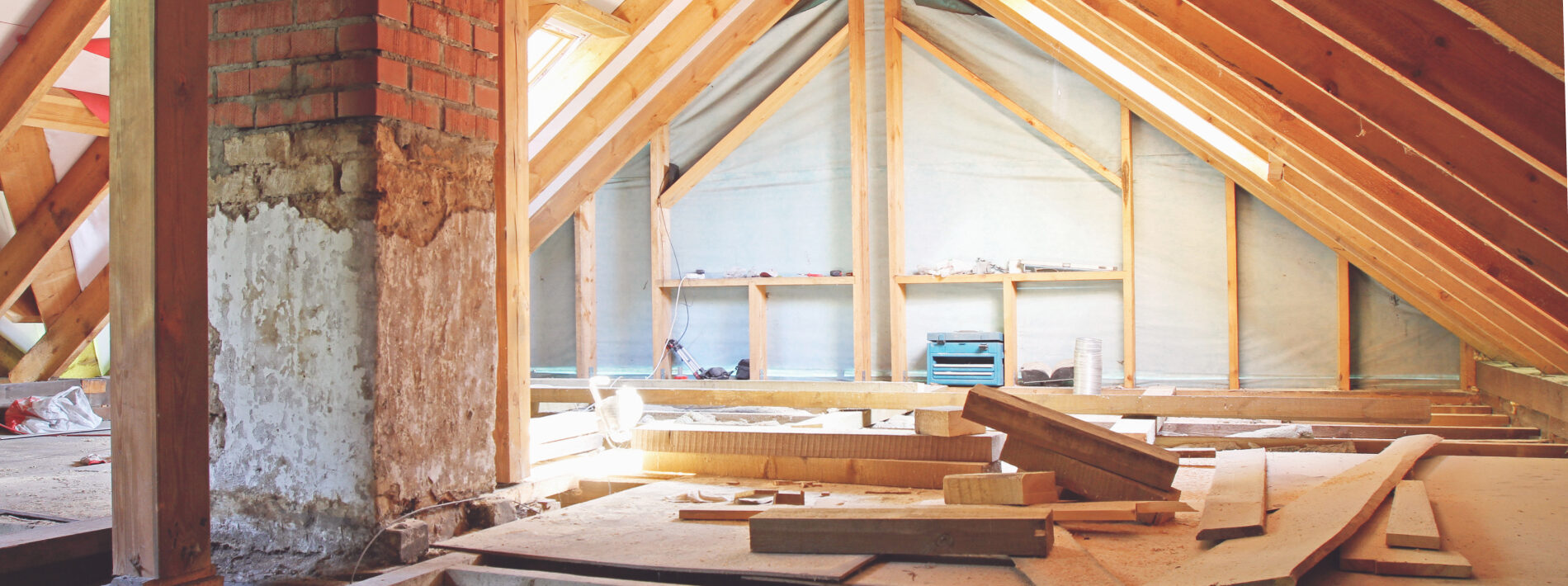
The “Membrane-only” Fire Separation – The Devil Is In The Details!
Fire separations provide critical protection in our buildings and ensure fire is impeded in its journey throughout a building. Ensuring the continuity of this fire separation is important as any small breeches will negate the work done on this assembly. Typically, when we think of fire separations it is understood that fire separations are made up of many parts and single components do not provide the protection. However, as we know the building code many times has exceptions to the rules and a membrane-only fire separation is one of them.
One of the most popular uses of this exemption is when a vertical fire separations is extended through a concealed space in an attic. Typically, the attic spaces are constructed with a truss assembly and trying to construct these walls within the myriad of structural webs can be difficult leaving a makeshift attempt to ensure continuity. What is the solution? …. “The membrane-only fire separation”! It sounds like the perfect solution but alas, there are restrictions that need to be implemented.
When referring to the Ontario Building Code Sections Div B, 3.6.4.2. and 9.10.9.10. it permits a vertical fire separation within the concealed space to be omitted if the construction between the concealed space and the space below is a fire separation with an equivalent fire-resistance rating. This construction is typically a membrane of drywall and thankfully Supplementary Standard SB-2 & SB-3 has a solution for this.
Buildings regulated by Part 9 of the OBC are permitted to use Supplementary Standard SB-3 (9.10.3.1.(1)) and provides two simple solutions for this membrane-only fire separation. At the end of Table 2 in the standard it provides two different assemblies that can be used exclusively for this membrane-only rating as opposed to the entire assembly. Based on the number of layers of 5/8” type X drywall it is assigned 30-minutes (one layer – M1), or 60-minutes (two layers – M2).
Buildings regulated by Part 3 of the OBC are slightly different as you are only permitted use of Supplementary Standard SB-2. Section 2.3.12 of the standard assigns 30-minutes for one layer of 5/8” type-x drywall but it needs 75 mm of mineral wool laid on top. A 60-minute membrane would require the installation of two layers identical to SB-3.
Although the initial solution to provide this membrane-only fire separation seems to be a perfect solution the “devil is in the details”. Irrespective of the use of SB-2 or SB-3 for the assigned membrane rating the openings within these membranes are regulated in SB-2 as per OBC, 3.1.9.5.(1) and 9.10.1.5.(4). Section 2.3.12 details the provisions related to openings within a membrane-only fire separation.
HVAC openings through this membrane only fire
In the standard it provides direction on openings through fire separations and details restrictions. However, membrane-only fire separations are prohibited from having these openings. This would prohibit any HVAC duct installation above the membrane
